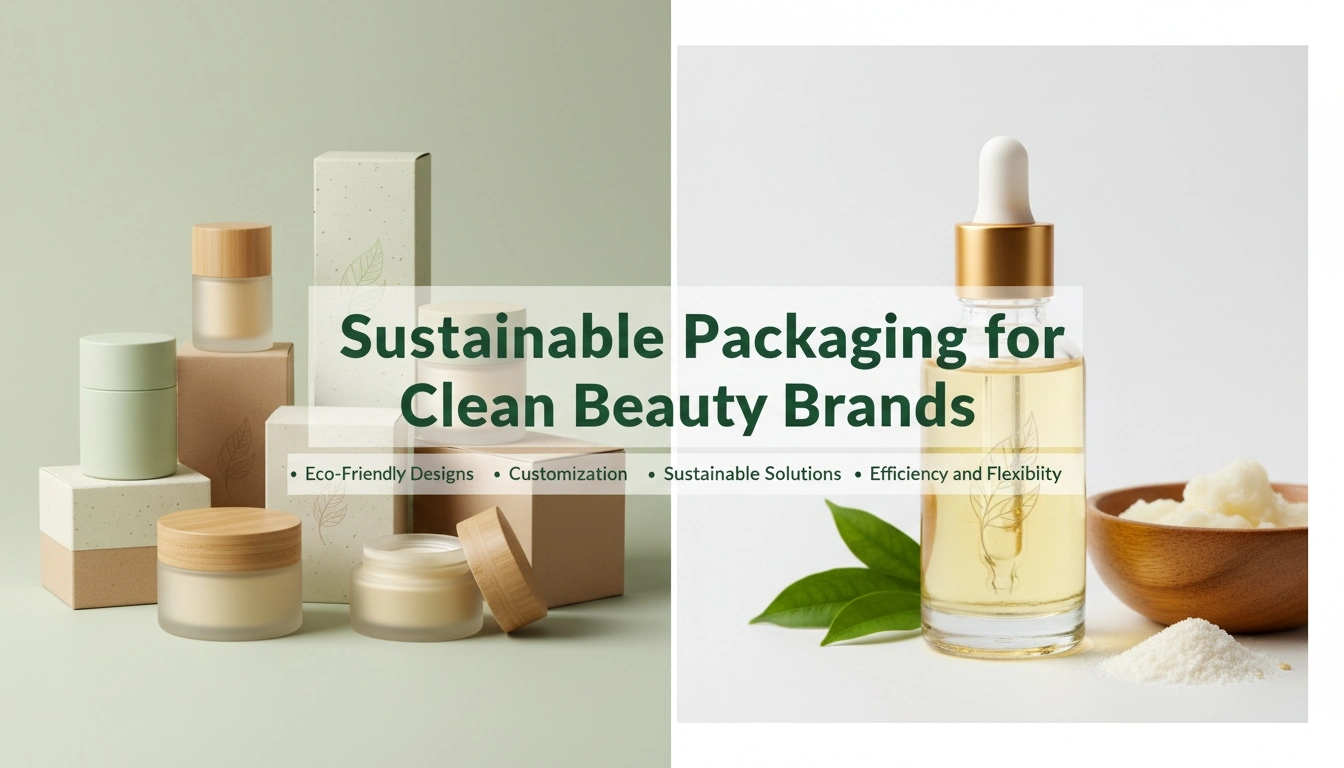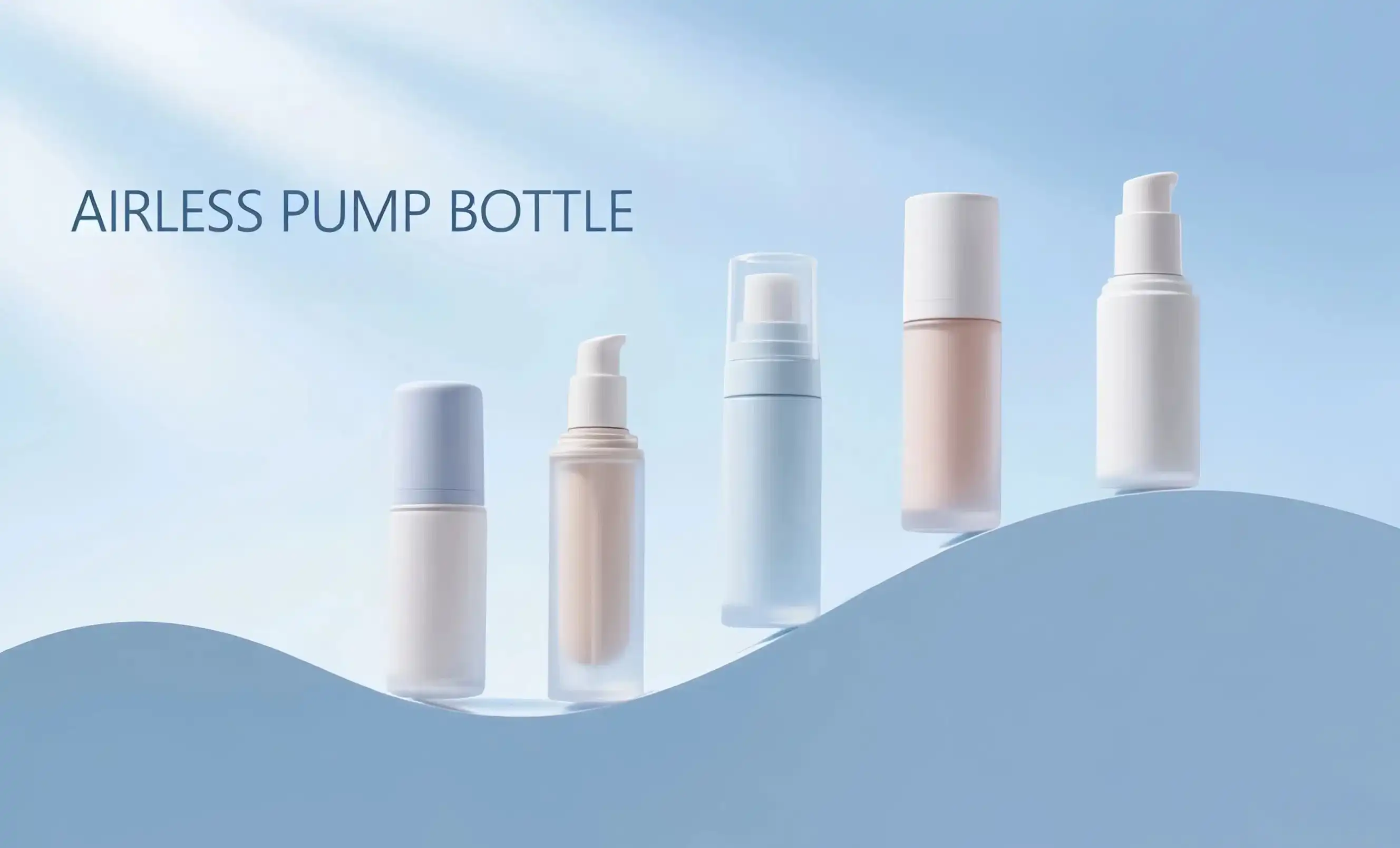Which Printing Method Best Preserves Luxury Bottle Aesthetics?
When it comes to preserving the luxurious aesthetics of high-end cosmetic bottles, the printing method chosen plays a crucial role. Each technique - screen printing, heat transfer printing, and hot stamping - offers unique advantages that can enhance the visual appeal of premium packaging.
Screen Printing: Versatility Meets Durability
Screen printing stands out for its ability to maintain the original texture and feel of the bottle surface. This method allows for the application of vibrant, opaque colors directly onto the packaging material, resulting in a smooth, integrated look. For luxury skincare brands seeking a sophisticated, matte finish on their airless bottles, screen printing can deliver exceptional results. The durability of screen-printed designs also ensures that the luxurious appearance remains intact throughout the product's lifecycle.
Heat Transfer Printing: Photorealistic Detail
Heat transfer printing excels in reproducing complex, photorealistic images on cosmetic packaging. This technique is particularly beneficial for makeup brands looking to showcase intricate patterns or gradient effects on their product containers. The ability to transfer full-color designs onto various surfaces makes heat transfer printing an excellent choice for creating visually striking, limited edition collections or seasonal releases.
Hot Stamping: Metallic Elegance
For the ultimate in luxury aesthetics, hot stamping reigns supreme. This process imparts a metallic sheen to specific areas of the packaging, adding a touch of opulence that can significantly elevate the perceived value of high-end cosmetics. Hot stamping is particularly effective on glass bottles or premium plastic containers, creating a reflective, eye-catching effect that stands out on retail shelves. Perfume bottles and premium serums often benefit from the added sophistication that hot stamping provides.
The choice between these methods often depends on the specific design requirements and the material of the packaging. For instance, airless bottles designed to preserve sensitive formulations may require careful consideration to ensure the printing method doesn't compromise the container's functionality. Brands must weigh the visual impact against practical considerations such as durability and compatibility with the product inside.

Cost Breakdown: Budgeting for High-End Printing on Cosmetic Packaging
Understanding the cost implications of different printing methods is essential for brands looking to optimize their packaging budgets without compromising on quality. Let's break down the financial aspects of screen printing, heat transfer printing, and hot stamping for cosmetic packaging.
Initial Setup Costs
Screen Printing: The initial setup for screen printing involves creating custom screens for each color in the design. While this can be costly for complex, multi-color designs, the screens are reusable, making subsequent print runs more cost-effective.
Heat Transfer Printing: Setup costs for heat transfer printing are generally lower, as it requires only digital file preparation and transfer paper. This makes it an economical choice for small batches or frequent design changes.
Hot Stamping: The setup for hot stamping includes creating metal dies, which can be a significant upfront investment. However, these dies are durable and can be used for large production runs, spreading the cost over time.
Per-Unit Costs
Screen Printing: Once the screens are prepared, the per-unit cost of screen printing is relatively low, especially for large production runs. This makes it cost-effective for brands producing high volumes of consistently designed products.
Heat Transfer Printing: The per-unit cost of heat transfer printing remains fairly constant regardless of order size. While this can make it more expensive for large runs, it offers flexibility for brands that require smaller quantities or frequent design updates.
Hot Stamping: After the initial die investment, the per-unit cost of hot stamping can be competitive, particularly for simple designs. However, complex or large-area stamping can increase costs due to the use of expensive foils.
Long-Term Cost Considerations
When budgeting for high-end printing on cosmetic packaging, brands must consider not only the immediate costs but also long-term factors. Screen printing and hot stamping offer durability that can reduce the need for reprints or packaging replacements, potentially lowering costs over time. Heat transfer printing, while initially more affordable, may require more frequent updates to maintain the packaging's appearance.
For brands utilizing airless bottles or other specialized containers, it's crucial to factor in the compatibility of the printing method with the packaging material. Some techniques may require additional treatments or primers, which can impact the overall cost.

Durability Test: How Each Printing Method Holds Up to Daily Use
The longevity of packaging decoration is a critical factor in maintaining brand image and product integrity throughout the consumer's use. Let's examine how screen printing, heat transfer printing, and hot stamping perform under daily handling and environmental stressors.
Abrasion Resistance
Screen Printing: Known for its excellent abrasion resistance, screen-printed designs typically withstand frequent handling and contact with other surfaces. This makes it ideal for products that may be carried in bags or used in humid bathroom environments.
Heat Transfer Printing: While heat transfer prints can offer good initial durability, they may be more susceptible to wear over time, especially on curved surfaces or areas of frequent contact.
Hot Stamping: Hot stamped designs, particularly when applied correctly, offer strong resistance to rubbing and scratching. The metallic finish can maintain its luster even with regular use, contributing to a long-lasting luxury appearance.
Chemical Resistance
Screen Printing: With proper ink selection, screen-printed designs can offer superior resistance to various chemicals, including those found in skincare products. This is particularly important for airless bottles containing active ingredients that might interact with the packaging.
Heat Transfer Printing: The chemical resistance of heat transfer prints can vary depending on the quality of the transfer and the substrate. Some may be more prone to degradation when exposed to oils or alcohol-based products.
Hot Stamping: Generally, hot stamped designs exhibit good chemical resistance, especially when using high-quality foils. However, the effectiveness can depend on the specific substrate and application process.
UV and Environmental Stability
Screen Printing: UV-resistant inks used in screen printing can provide excellent color stability, preventing fading even when products are displayed in brightly lit retail environments or stored in bathrooms.
Heat Transfer Printing: Some heat transfer prints may be more susceptible to fading or color changes when exposed to prolonged UV light or high humidity, which can be a concern for products with a long shelf life.
Hot Stamping: The metallic finishes created by hot stamping often maintain their appearance well under various environmental conditions, resisting discoloration and maintaining their reflective properties.
When selecting a printing method for cosmetic packaging, it's essential to consider the product's intended use, storage conditions, and expected lifespan. For instance, airless bottles designed to protect sensitive formulations may require printing techniques that can withstand potential interaction with the product while maintaining their visual appeal throughout use.
Conclusion
Choosing the right printing method for cosmetic packaging is a balance of aesthetics, durability, and cost-effectiveness. Screen printing offers versatility and longevity, making it suitable for a wide range of products. Heat transfer printing provides detailed, full-color designs ideal for limited editions or personalized items. Hot stamping delivers a premium, metallic finish that can elevate luxury brands.
For brands seeking to make a lasting impression in the competitive beauty market, the choice of printing technique is crucial. It's not just about creating an attractive package; it's about ensuring that the packaging maintains its appeal throughout the product's lifecycle, from the store shelf to the consumer's daily routine.
At Topfeelpack, we understand the unique challenges faced by skincare brands, makeup companies, and cosmetics manufacturers. Our expertise in advanced packaging solutions, including airless bottles, combined with our commitment to sustainability and fast customization, positions us to meet the diverse needs of the beauty industry. Whether you're a high-end skincare brand looking for premium packaging or a DTC company seeking cost-effective solutions without compromising on quality, we have the capabilities to bring your vision to life.
Ready to elevate your cosmetic packaging with the perfect printing solution? Contact us at pack@topfeelgroup.com to discuss your project and discover how our innovative packaging solutions can help your brand stand out in a crowded market. With our fast customization process, competitive pricing, and commitment to quality, we're here to help you create packaging that not only protects your product but also enhances your brand identity and delights your customers.
References
- Johnson, A. (2022). Advanced Techniques in Cosmetic Packaging Decoration. Journal of Packaging Technology and Research, 15(3), 78-92.
- Smith, B. & Davis, C. (2021). Sustainability in Beauty Packaging: Printing Methods and Environmental Impact. Green Cosmetic Science, 8(2), 145-160.
- Lee, S. et al. (2023). Comparative Analysis of Printing Techniques for Luxury Cosmetic Containers. International Journal of Cosmetic Engineering, 12(4), 301-315.
- Garcia, M. (2022). Cost-Effectiveness in High-End Cosmetic Packaging Production. Beauty Business Review, 29(1), 55-68.
- Wilson, K. & Brown, T. (2021). Durability Testing of Decorative Finishes on Airless Pump Bottles. Packaging Science Today, 18(3), 210-225.
- Thompson, R. (2023). Consumer Perceptions of Luxury Cosmetic Packaging Finishes. Market Research Quarterly, 37(2), 180-195.


 - 副本_1745399213966.webp)

_1747827716538.webp)

